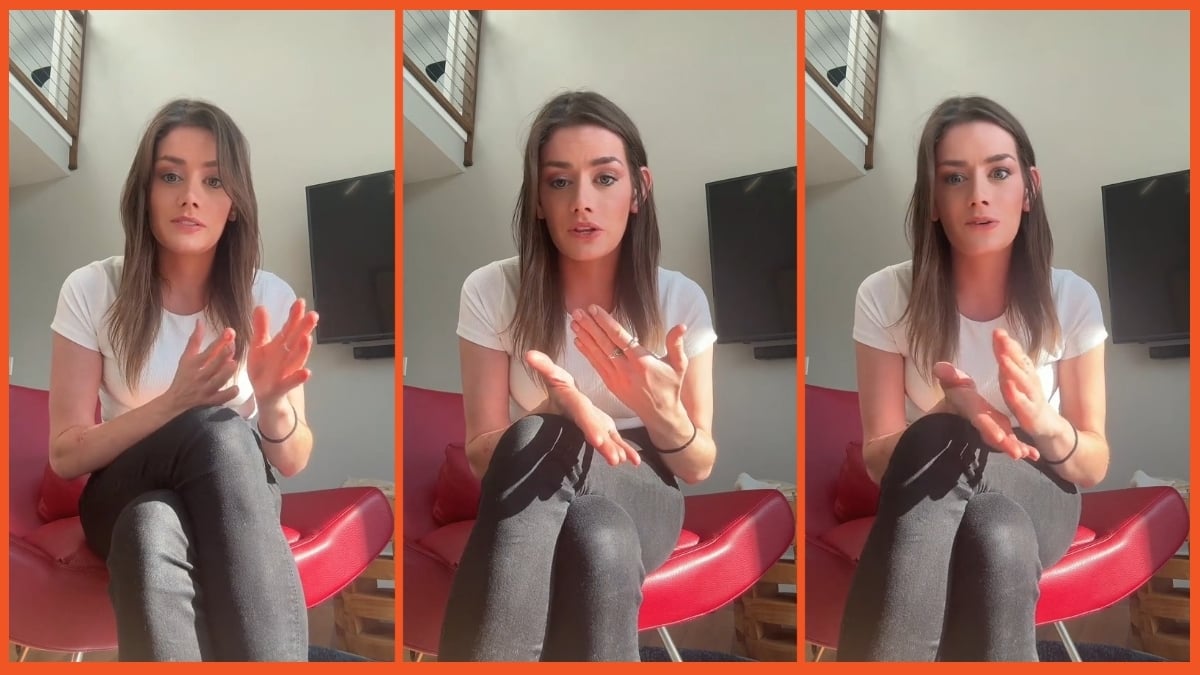Essayist, novelist, and screenwriter Joan Didion has died shortly after celebrating her 87th birthday.
Her publisher, Penguin Random House/Knopf confirmed the news in a statement.
“We are deeply saddened to report that Joan Didion died earlier this morning at her home in New York due to complications from Parkinson’s disease.”
Didion’s detached but observant writing style is enormously influential and often imitated. However, her knack for conjuring a scene in sparse, potent language cannot be emulated. Didion helped define a style of writing called New Journalism, a more adventurous and experimental type of nonfiction, in the 60s and 70s alongside luminaries like Truman Capote.
The way she spoke about her craft with precision and wit is also a wonder in itself.
“I think writing anything at all is a kind of high-wire act. The minute you start putting words on paper you’re eliminating possibilities,” she once told the Paris Review. “Unless you’re Henry James.”
Didion was born in Sacramento, California in 1934 to Frank Reese and Eduene Didion. The family relocated several times due to her father’s military career and eventually, she and her mother moved back to her hometown while her father worked in Detroit. For Didion, being in flux for so much of her childhood had “an enormous influence,” adding, “It made me feel perpetually like an outsider.”
Didion received a Bachelor of Arts degree in English from the University of California, Berkley. After college, Didion moved to New York City to work as a research assistant for Vogue, a position she earned as the winner of an essay contest. She spent seven years at the magazine and eventually worked her way up to a role as an associate feature editor.
Didion’s first novel, Run, River, was published in 1963. During the process, she became romantically involved with her friend and the book’s editor, John Gregory Dunne, and the two were married in a year, settling in her native California. While living in Los Angeles, she published her first of many essay collections, Slouching Towards Bethlehem, which interrogated the contradictions of her home state in sharp focus.
The couple adopted a daughter, Quintana Roo Dunne, in 1966 when she was less than a year old.
Didion went on to write numerous novels and nonfiction books, even collaborating with Dunne on several screenplays. Her subject matter ranged from a bold, early defense of the Central Park Five to packing a suitcase. “We tell ourselves stories in order to live,” goes her most well-known quotation.
Didion’s own grief was the subject of some of her best-known work. She wrote 2005’s The Year of Magical Thinking about the process of mourning Dunne’s sudden death in 2003 while also coping with her daughter’s ongoing health issues. She approached the work in her signature journalistic style, analyzing her grief while she was in the thick of it. In 2011, she published Blue Nights, a memoir about her relationship with her daughter following Quintana Roo’s death in 2005.
The Play as It Lays author’s unfussy style also made her something of a fashion icon. She posed for a Gap ad with her daughter in 1989 and for French luxury brand Céline in a 2015 campaign.
Didion’s most recent work, an essay collection titled Let Me Tell You What I Mean, was released in 2021 and features essays written between 1968 and 2000.
Didion’s nephew Griffin Dunne directed the 2017 documentary, The Center Will Not Hold, about the writer, which you can watch on Netflix.







Published: Dec 23, 2021 07:53 pm